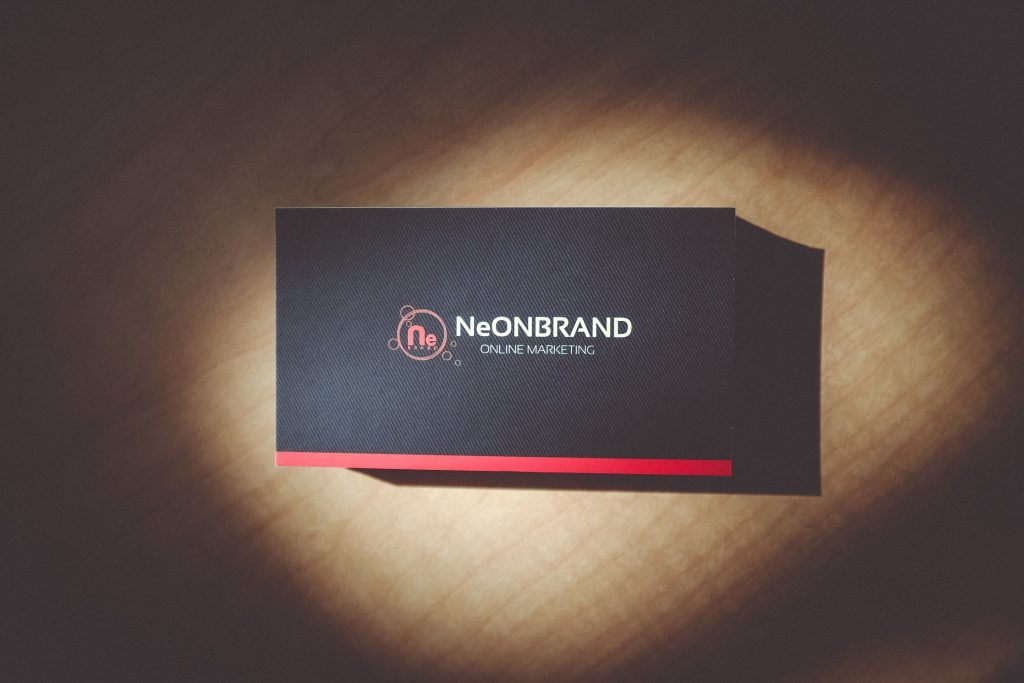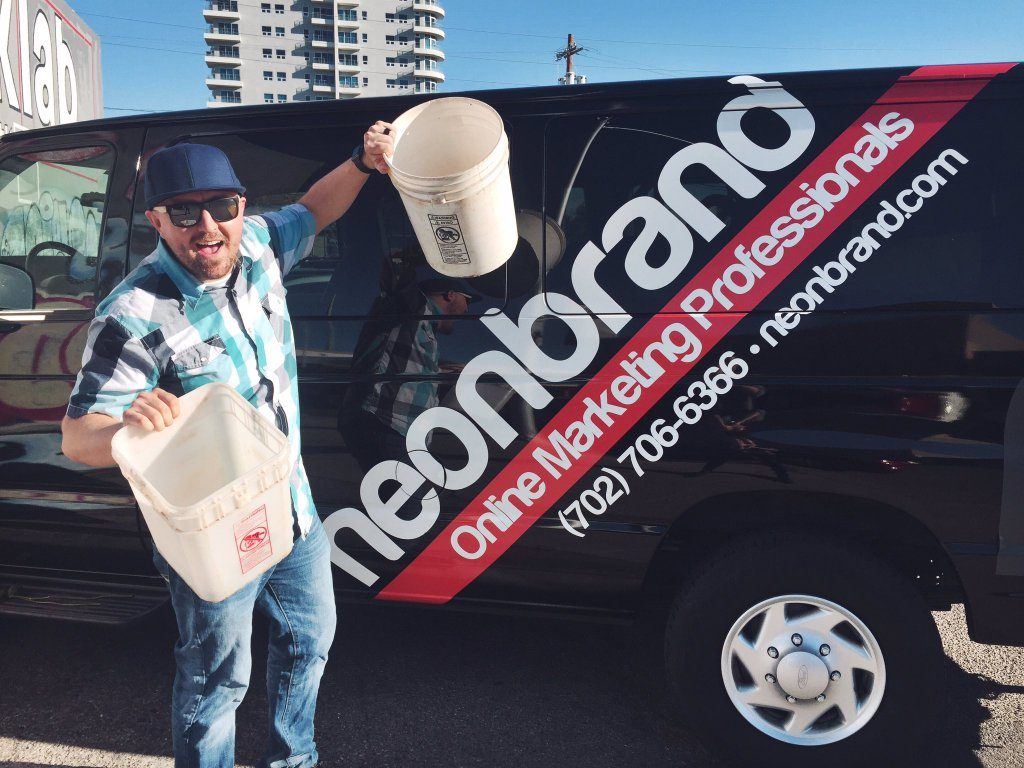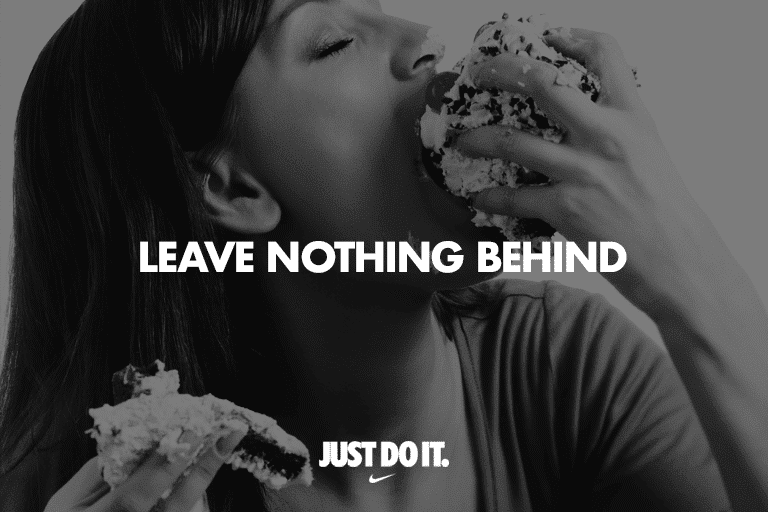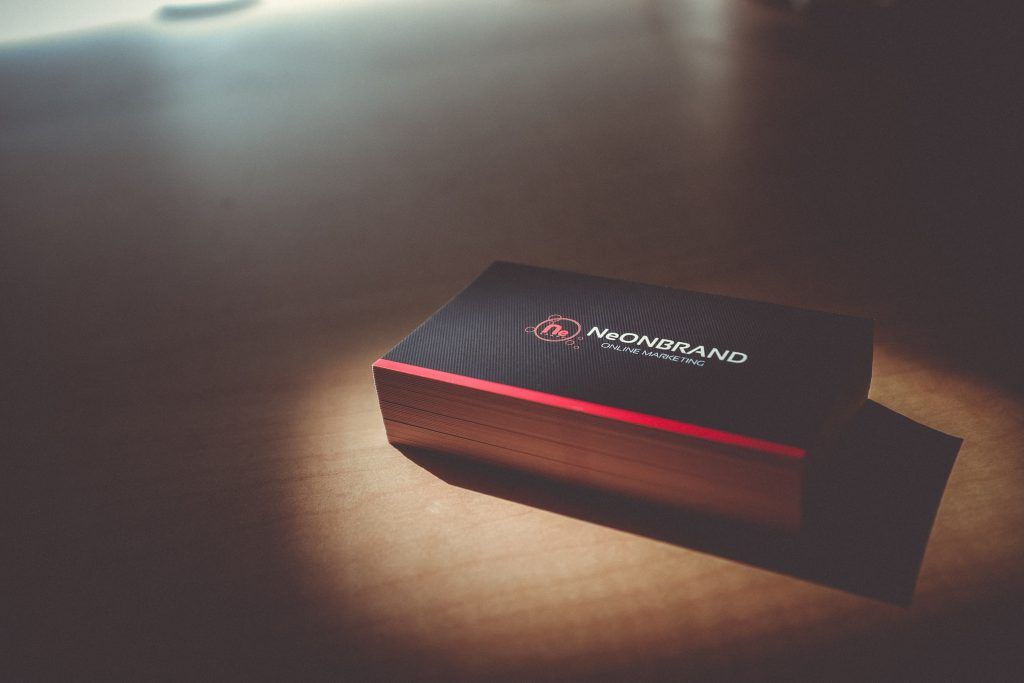What Is Branding & How Do I Do It?
When you think about branding, you probably think about mega-companies like Coca Cola, McDonalds, and Nike. You probably don’t think about your local bakery, your favorite bookstore, or your own business.
But why not?
Branding isn’t just for gigantic corporations. Building a strong brand is one of the things that makes that kind of growth possible, and it should be a foundational part of your marketing strategy.

Why Brand Your Business?
A well-defined brand does a lot for your company.
Branding increases sales.
You already know that creating a brand increases recognition, but having a consumer recognize your name doesn’t necessarily pay the bills.
Yes, great brands are recognizable. They’re also shareable, and they create emotional connections between your product or service, your company, and your consumers.
Branding promotes trust, creates a feeling of social proof, and encourages your casual followers to become customers and fans.
All of that translates into more sales, which is kind of the point of having a business, isn’t it?

Branding lowers marketing costs.
In a perfect world, the best product would always win. In the real world, the best marketing wins, and most marketing isn’t free.
As you attract people to your business, you can (and should) track how much it costs you in marketing and advertising expenses to generate one customer. That’s an important number for your company.
Branding lowers the cost per customer acquisition so that you can spend less in marketing and advertising to reach more customers.
People can connect with brands in a way they can’t with products.
Branding your business lays a foundation on which your marketing can build, and because you’re not starting from scratch every time you launch a new ad, your campaigns go further and impact more people with the same amount of effort on your part.
Branding creates customer loyalty.
Returning customers are more profitable than new customers, both because they cost less to acquire (since you already have their data) and because returning customers tend to make larger purchases each time they come back.
It’s a hard truth to accept, but your exceptional products and great customer service alone aren’t enough to keep people coming back.
If you want customers to return, you’ve got to keep marketing to them.
When your brand is well developed and clicks with your audience, it’s way easier to remind your customers how much they liked shopping with you.
Branding increases your value.
Have you ever noticed that a tee shirt costs about $5…until it has a Lacoste logo on it?
People pay for brands they like, and just as importantly, other companies want to pay to be associated with successful brands.
Think of it this way:
What would it mean to your children’s toy business if Disney publicly endorsed you? How much would you pay to have Berkshire Hathaway put a stamp of approval on your real estate investment training program, or to get Apple to advertise that your headphones are awesome?
Your brand creates value for your company, and not in the figurative sense. Branding your company literally makes your business and your products worth more money.
Branding gives you direction and purpose.
Have you ever worked at a company that issued a generic mission statement, and they expected you to somehow live up to that meaningless drivel?

At this company, we focus on synergistic tendencies to create a vibrant culture that magnifies our reach to put us at the top of our industry. Also, something something customer service.
How’d that work out?
There is such a thing as a good mission statement. Usually, they come from companies with clear brand identities.
A clear, well-defined, expertly built brand sends a message to your customers and to your employees. It conveys who you are, what you do, and why you do it, and that does more for your company culture than any amount of team building exercises will ever accomplish.
Branding also helps you stay on track.
As entrepreneurs, we have finely honed our opportunity recognition skills, and sometimes, that means we get shiny object syndrome and have trouble sticking with our first brilliant idea all the way through.
Going through the process of defining and developing your brand helps keep you focused on the core of your business, and that makes it far easier for you to stay on track.
What Is Branding?
Okay, so it’s clear that branding can do a lot of good for your company.
But what actually is a brand?
A brand is sort of a business’s personality. It what you do, plus why and how you do it.
Businesses use their content, actions, website design, and images to create the right feeling around their brands and convey their central idea.
In other words, you first must figure out what you want your branding to say, and then you create brand elements like logos and slogans that send that message.
Your logo isn’t your brand in the same way that your face isn’t you.
Just as a person can’t look at your face and determine who you are, a customer can’t derive any useful information out of your logo.
Things like logos, color schemes, and taglines are some of your brand’s most visible elements, but there has to be some kind of foundation for them to live on. None of these things mean anything until you give them meaning with the rest of your branding.

How Do I Create a Brand?
The process of creating a brand is a bit like the process of finding yourself. It doesn’t happen all at once, and you’re probably going to change course a couple of times before you solidify your ideas.
Your intuition is a great resource, and you should follow where it leads while you’re doing your research.
However:
If your gut feeling says one thing, yet the data in front of you says another, have the courage to pay attention to the data. Just because you don’t like the facts, that doesn’t mean they’re not important.
With that in mind, the first step towards branding your business is:
1: Figure out your message.
A good branding message connects who you are as a business with what your customers want.
Let’s take Apple as an example: to connect who they are with what their customers want, they created a brand centered around their community identity. Remember this bit of exceptional branded marketing?
Here’s to the crazy ones. The misfits. The rebels. The troublemakers. The round pegs in the square holes. The ones who see things differently. They’re not fond of rules. And they have no respect for the status quo. You can quote them, disagree with them, glorify or vilify them. About the only thing you can’t do is ignore them. Because they change things. They push the human race forward. And while some may see them as the crazy ones, we see genius. Because the people who are crazy enough to think they can change the world, are the ones who do.
Talk about emotional impact! This is one of the most striking bits of branding in marketing history, and it’s still so effective that millions of people worldwide buy iPhones and Macbooks just to show that they’re a part of this community.

The insight into Apple consumers here is pretty impressive, too. Apple understood that people want cool, user friendly tech, but even more than that, people who love having the latest technology want someone to recognize their genius.
That’s connecting who you are with what your customers want.
You can make those kinds of connections, too, if you’re willing to do the research and accept your findings.
Perhaps the most common mistake related to market research is not doing it. Entrepreneurs like us tend to embrace the idea that if we’re just passionate and crazy enough to launch our business, the right people will find it. After all, there has to be someone out there like us, right?
Do the research. It’s worth the effort.
Just be sure to avoid the second most common market research mistake:
Many almost-successful entrepreneurs put the time and effort into research, but they’re doing it to try to prove that their idea is good.
Stop.
The reason you do research is to find data and interpret what it means. You’re not trying to prove or disprove anything. If you’re only trying to support your business idea, you’re going to miss some very, very important factors that are critical to your success or failure.
Sometimes the data is going to show you things you don’t want to see, and sometimes, your idea isn’t as good as you thought it was. Wouldn’t you rather find out privately through research rather than putting time, effort, and money into a brand that’s doomed to publicly fail?
If you’re feeling a little directionless, and you’re not sure about your company’s identity, research helps with that, too.
Do lots and lots of deep market research to figure out who buys products like yours, why they buy, what they want from your competitor companies, where they hang out online and in real life, what questions they ask about your topic of expertise…
Then, using the answers you found in your research, begin shaping the central idea for your brand.
2: Design the trimmings.
Consistency creates trust because consistency is a form of integrity.
Once you’ve got an idea you want to convey through your branding, then you can start designing logos, coming up with slogans, running on-brand social media campaigns, and all the other marketing trimmings.
The brand message comes first. Without it, your slogans and catchphrases don’t have any context, so they’re not worth much.
For example, you know the Nike slogan “Just Do It,” right? You also know the context, so the image that comes to mind is probably something to do with pushing yourself to achieve more in sports.

Without the context of Nike’s overall brand, though, “Just Do It” could mean something wildly different, couldn’t it?
Your business’s face is made of every possible contact a customer can have with you, from a banner ad to a person answering the phone. All of those bits and pieces are another opportunity to share your brand message, so incorporate your branding into all of it.
If you Tweet, it’d better be brand appropriate.
When you greet people at your office, send an email, or make a guest appearance in someone’s podcast, keep it branded.
Have you ever eaten at Chic-Fil-A? Aside from delicious chicken sandwiches, they have a powerful brand, too. If you thank anyone who works there, what’s their immediate response?
My pleasure.
A pleasant, friendly customer experience is part of Chic-Fil-A’s brand, and they make sure you feel it.
Decide how you’re going to convey your brand to the world, and try not to miss any opportunities to strengthen your message.
3: Have the discipline to keep your personality personal.
Maintaining that consistency and integrity in your brand is difficult, especially for personal brands and when you’ve gotten expert help creating your branding.
It’s difficult, but not impossible.

One of the hardest disciplines you’ll have to master to keep the integrity of your brand is focus.
You have broad and diverse opinions about the world. Your brand doesn’t.
Your personality is complex, deep, and occasionally unexpected. Your brand isn’t.
Of course you have every right to express yourself however you choose, and your thoughts and observations are just as important as anyone else’s. Running a well-branded business doesn’t mean that you have to sacrifice your personal perspective.
It’s just smartest to keep those personal things personal.
All actions have consequences, and the consequences of using your public brand as a personal platform are often lost revenue, loss of brand power and value, and public backlash.
That’s not to say you have to shy away from controversy. Some brands are centered around a controversial idea, and they embrace the pushback and dissent as part of their process. That’s fine – as long as it’s brand appropriate.
If your branding is built around the idea that humans should live responsibly within their environment, participating in a campaign to save sea turtles makes sense. Asking for donations for high school football programs, however, does not.
Even with brand adjacent ideas, though, be careful.
Idea creep can dilute your brand to the point where it loses effectiveness, so at least once each year (preferably once per quarter) it’s a good idea to give yourself a branding audit. Make sure you’re still aligned with your original plan, watch how customers are responding, and make adjustments as needed.
Obviously, branding isn’t something you can learn in a single blog post, and you don’t develop a brand in a day. Just get started in the right direction, and learn what you need as you go.

